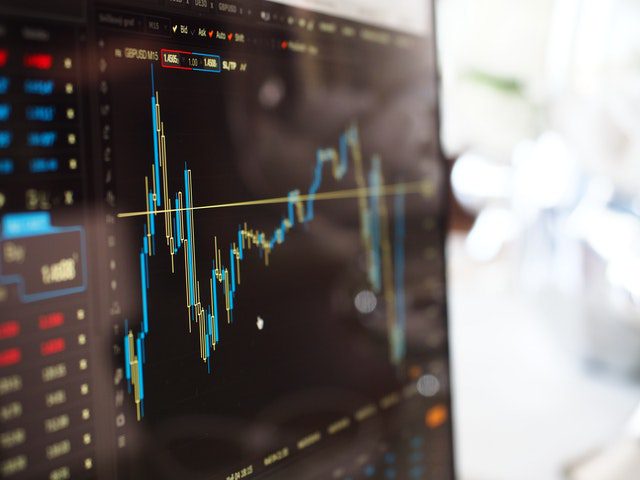The supported or pegged architecture of BUSD, USDC, USDT — which are part of Xdefi’s best stablecoin list — changed the finance world’s outlook on cryptocurrencies’ volatility control.
However, recent instability in the crypto realm has raised basic issues regarding stablecoins’ influence on global finance, such as, what does stablecoin rivalry mean for established currencies? How will the use of stablecoins alter the way we pay for products and services? What are the consequences of stablecoins for financial stability?
With that in mind, let us look at how global finance is affected by stablecoins and the future of it.
How is Global Finance Affected?
Some of the best stablecoin issuers migrated to more energy-conservative blockchains to positively improve their environmental impact and blockchain congestion.
Subsequently, this might lead to a greener financial institution because more banks and big techs are increasingly adopting stablecoins. It’s worth noting that stablecoins’ transaction cost, before this, wasn’t significantly cheaper compared to non-crypto normal financial payment.
However, stablecoins still provide sustainable potential and contribution towards macroeconomics through massive financial inclusion, equity, innovation, and financial stability.
In this vein, governments around the world are racing for stablecoins regulations that would best complement its benefits and allow regulatory bodies to enact maximum control over it.
As of October 2022, the UK parliament approved new regulations for stablecoins. Prime Minister Rishi Sunak declared he had the motivation of making the UK become a global mainstay for the whole crypto industry. Additional in-depth details about the crypto and stablecoin regulations would be contained in the Financial Services and Markets Bill.
The Future of Stablecoins
Stablecoin projects, to have any actual shot at success in the coming years, must do the following:
- Issuers should increasingly be more proactive about not harming financial stability through wealth effects, shaking investors’ confidence, and other contagion channels.
- The regulatory bodies must dedicate time and effort towards developing innovative auditing tools for transparently determining and reporting claimed peg to every stablecoin in the future.
Stablecoins were created as digital units with reserved assets and algorithmically generated stabilisation tools to maintain a relatively stable value regardless of cryptocurrencies’ unpredictable volatility; while still operating through decentralized transaction systems.
But buying stablecoins from designing pegs to developing smart contracts ranges through many sectors, and it is a crushing headache to develop a proper regulatory system to capture each of these segments.
In addition, the stablecoins market keeps expanding rapidly, so the government has no time to waste. Thankfully, they’re taking action. For example, the European Union MiCA regulation and the US SEC and CFTC’s regulations are excellent positive steps.
Conclusion
Stablecoins have the potential to affect the global financial system by providing a more stable form of digital currency and enabling faster, cheaper cross-border transactions. However, there are still regulatory and adoption challenges that need to be addressed before stablecoins can reach their full potential.
It will be interesting to see how the development and use of stablecoins develops in the coming years and how they will shape the future of global finance.







